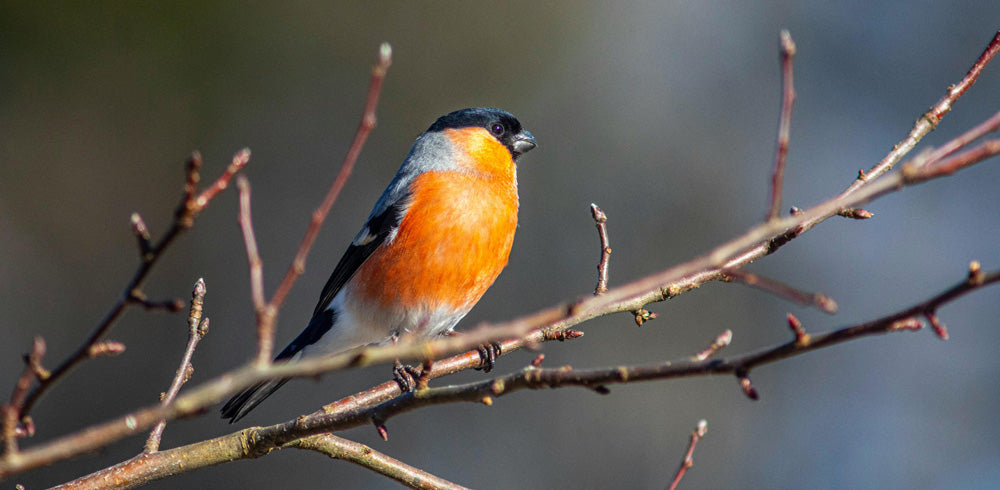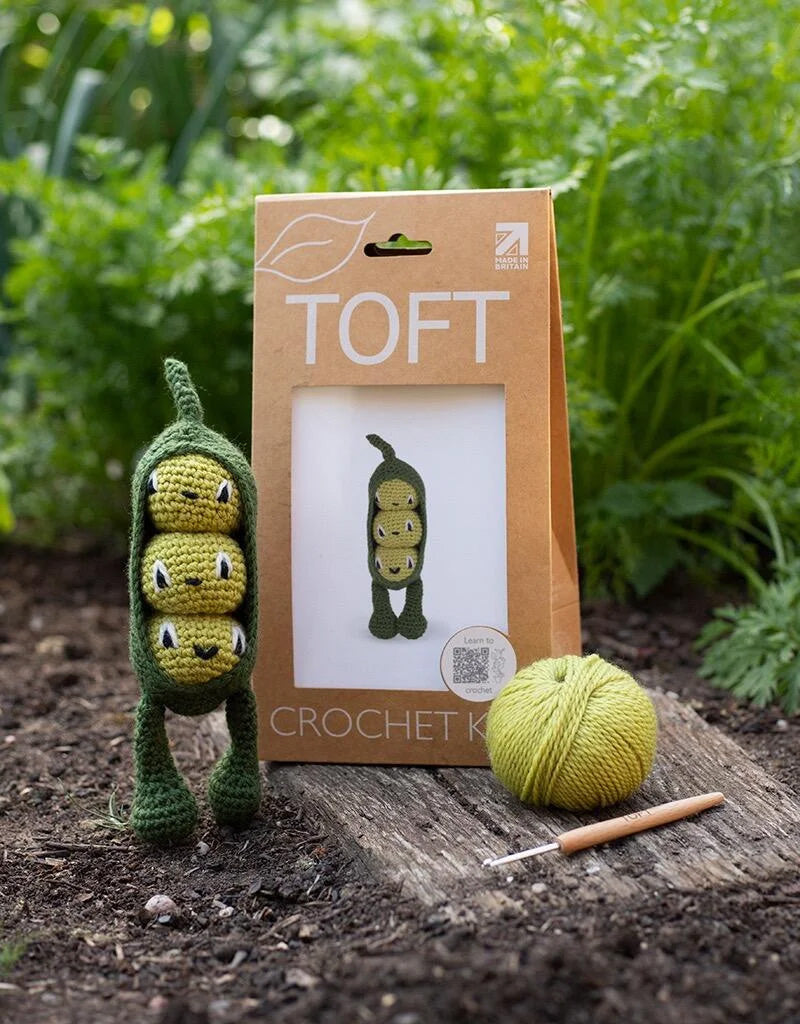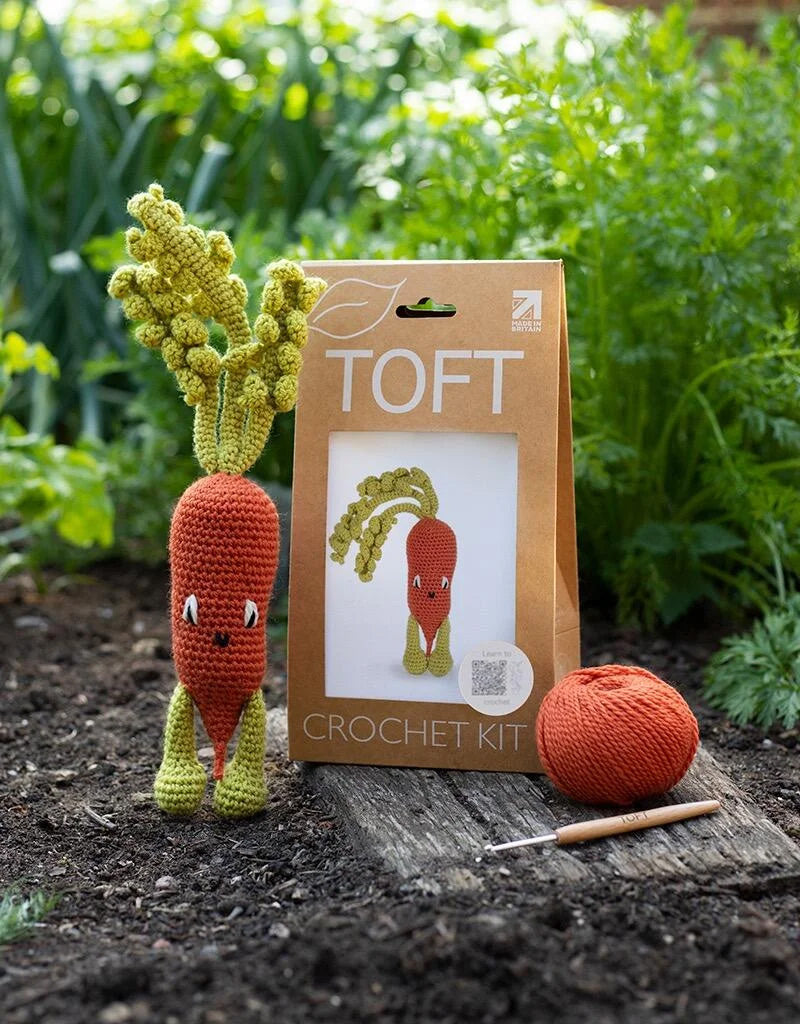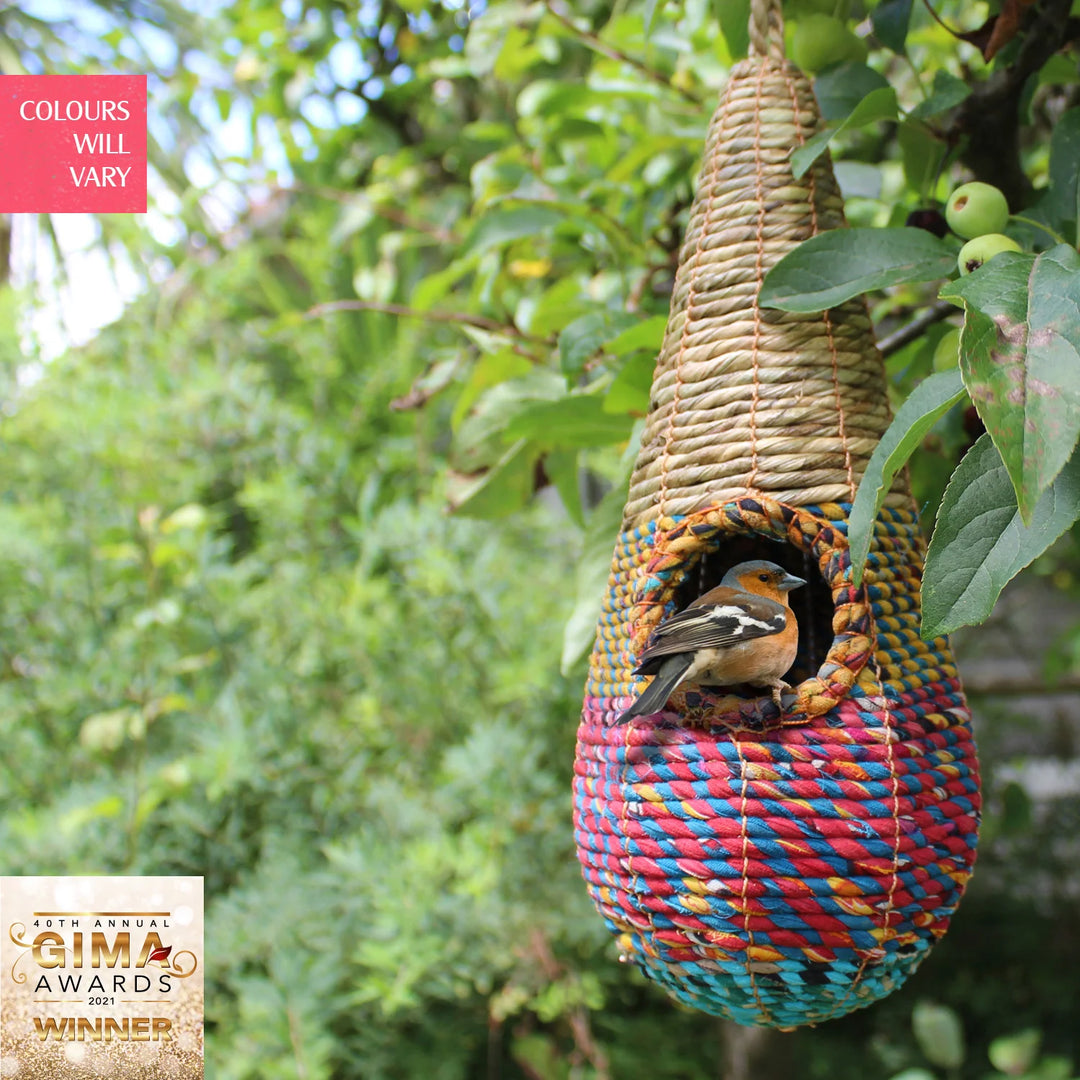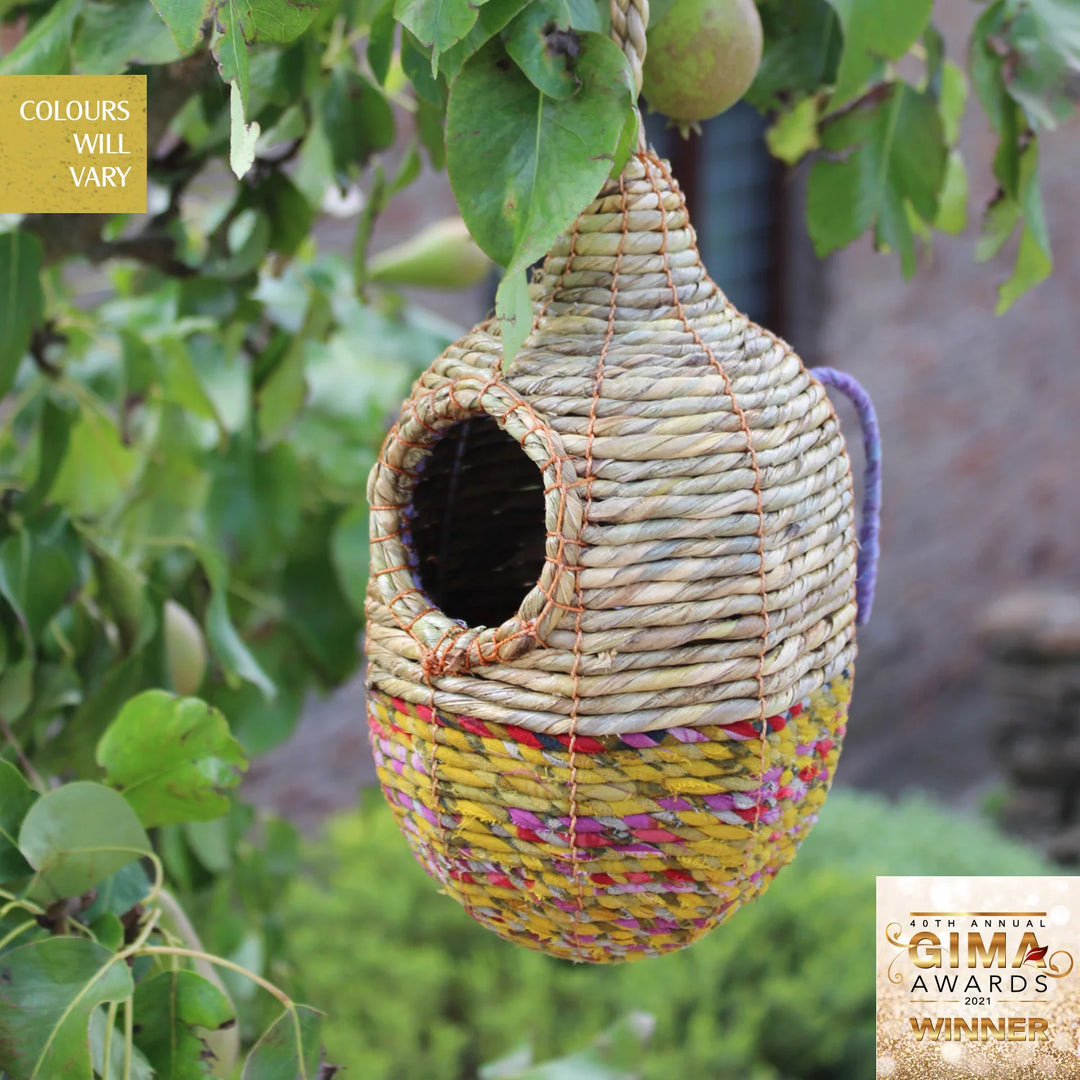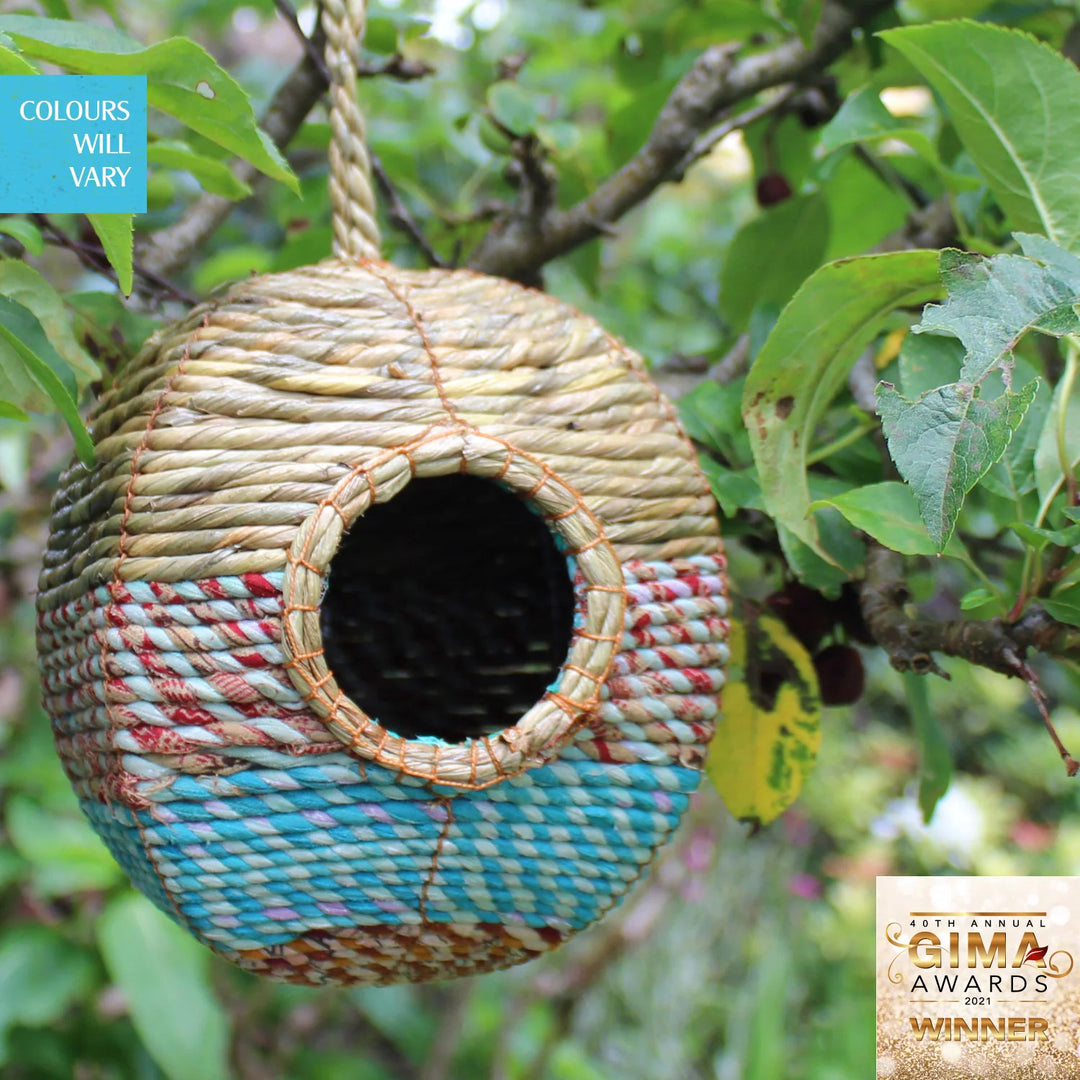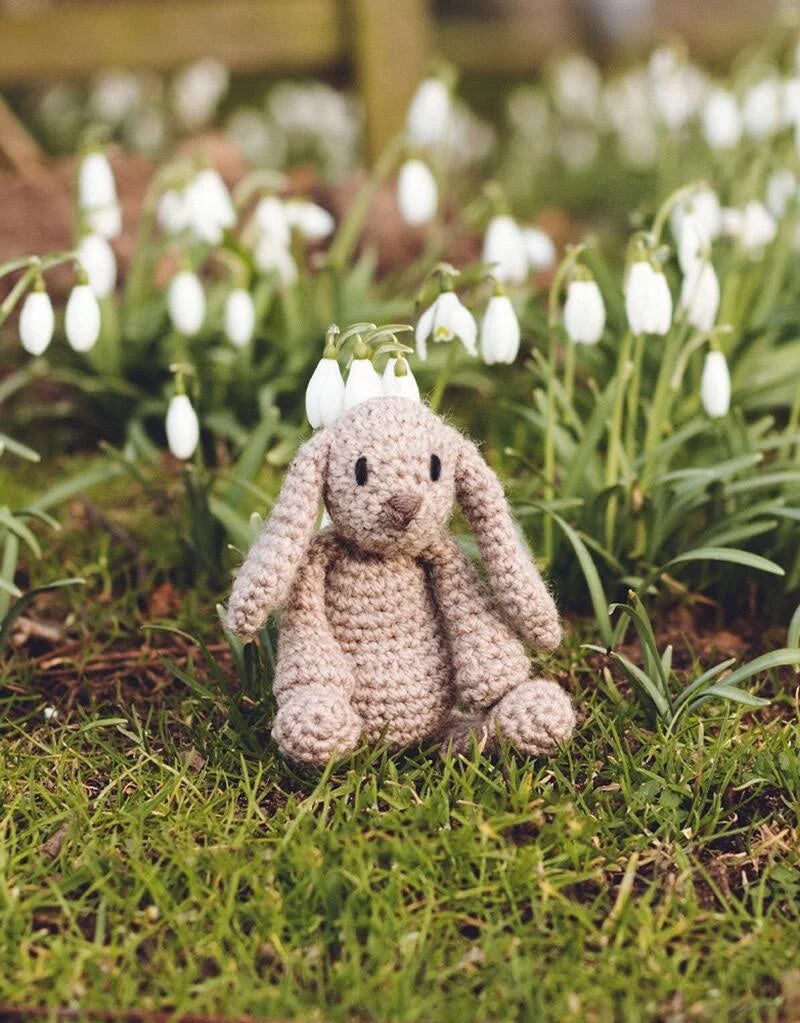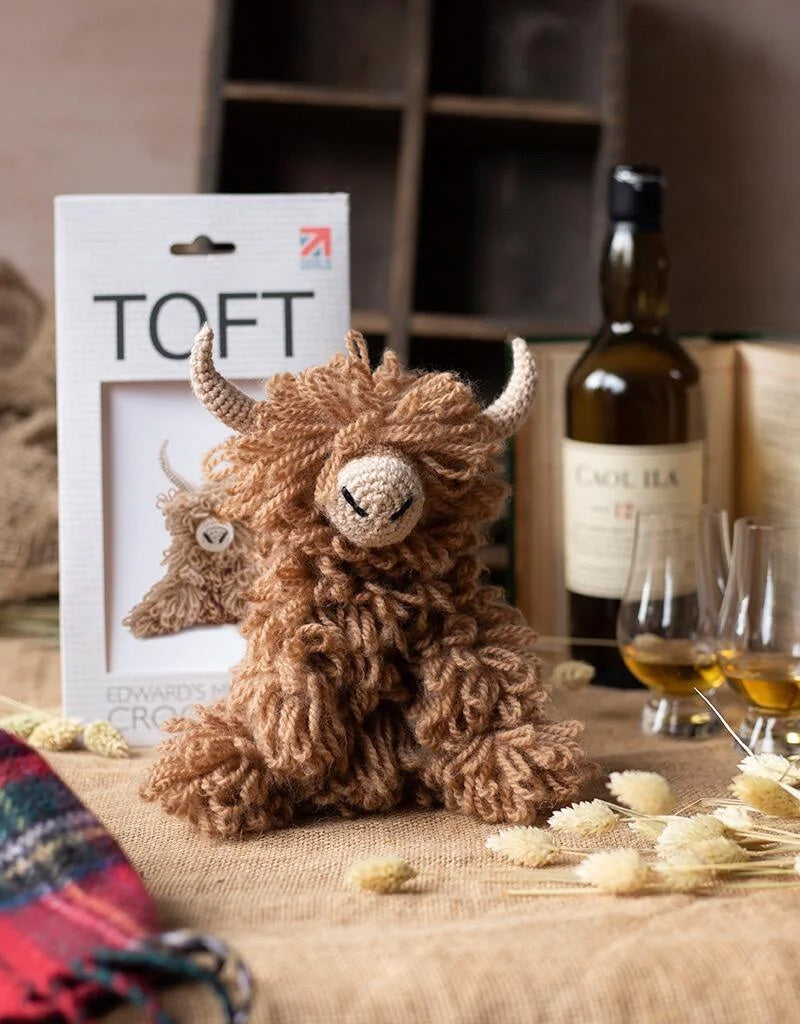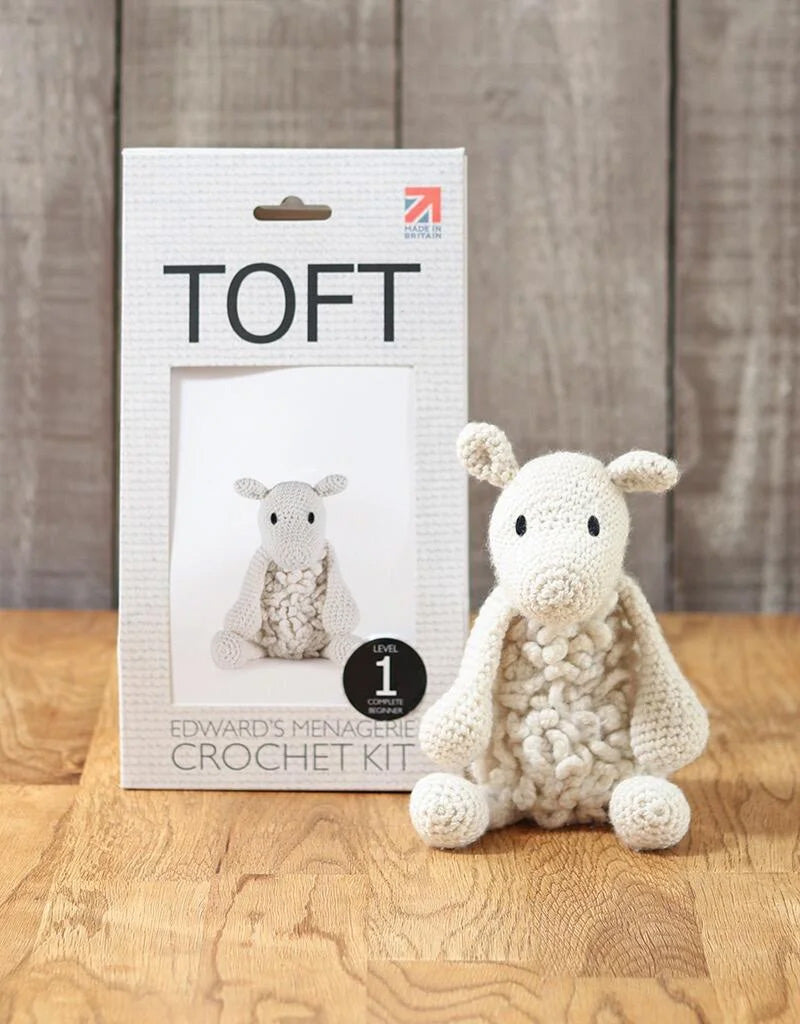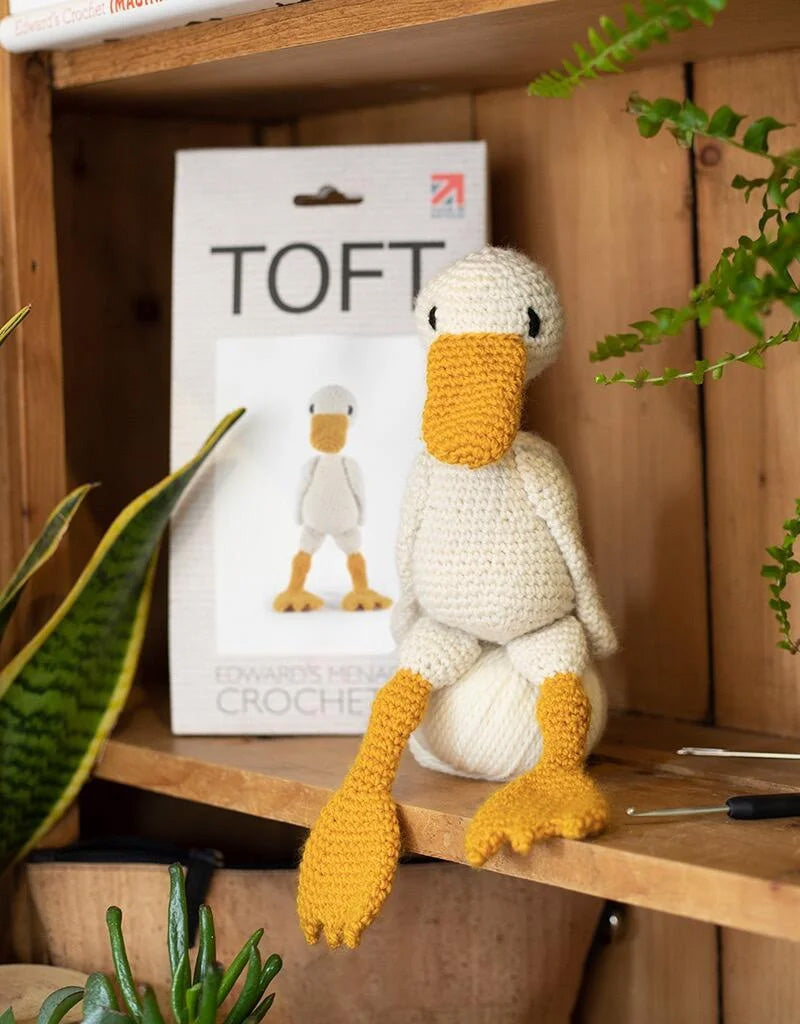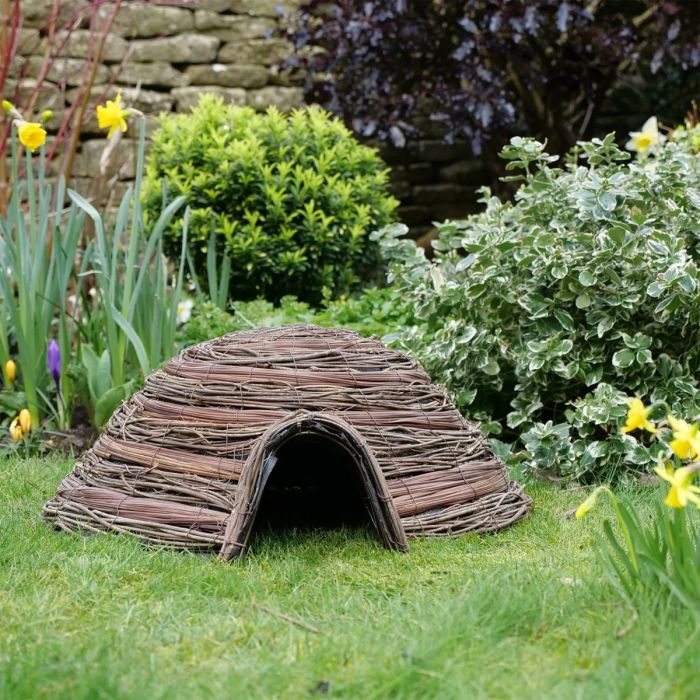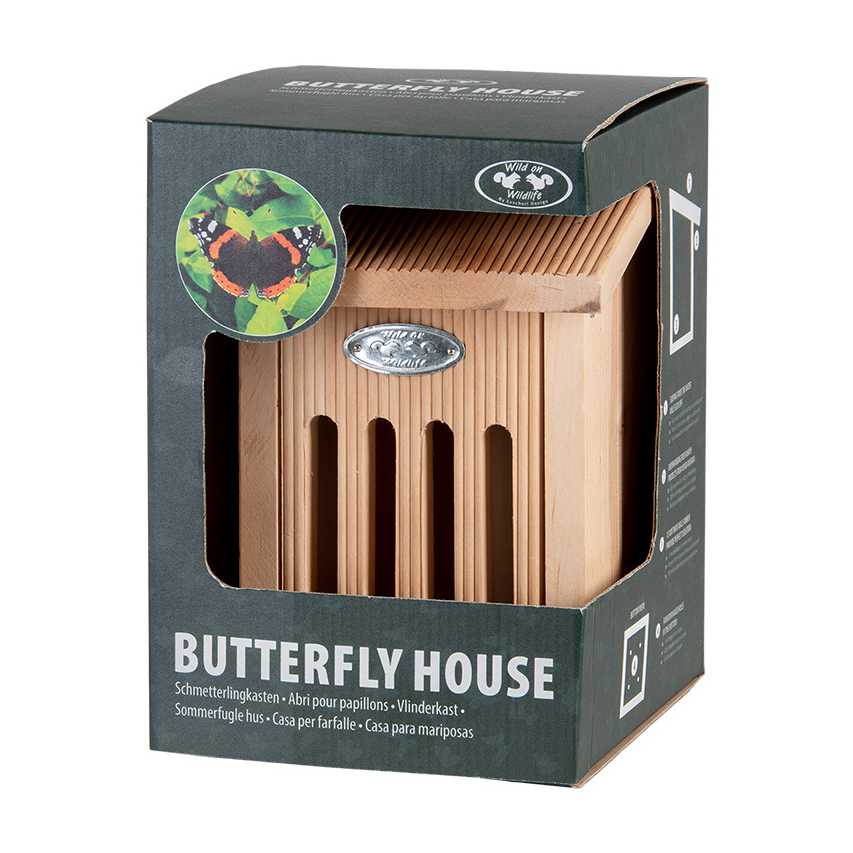Bullfinch
The bullfinch, also known as the Eurasian bullfinch, is a stunning bird species that can be found in the United Kingdom. These birds are known for their beautiful plumage and distinctive beak, making them a popular sight for birdwatchers and nature enthusiasts.
Habitat: Bullfinches can be found in a variety of habitats across the UK, including woodlands, hedgerows, and gardens. They prefer areas with plenty of trees and shrubs where they can find food and build their nests.
Wild and Endangered: While bullfinches are still relatively common in the UK, they are considered to be a species of conservation concern. Loss of habitat, pesticides, and illegal trapping have all contributed to a decline in bullfinch populations. Conservation efforts are underway to protect these beautiful birds and ensure their survival in the wild.
Protected Species: Bullfinches are a protected species under UK law, making it illegal to harm or disturb them or their nests. This protection helps to safeguard bullfinch populations and ensure that they can continue to thrive in their natural habitat.
Migration: Bullfinches are not migratory birds, meaning that they do not travel long distances to find food or breed. However, some bullfinches may move to different areas within the UK depending on the time of year and availability of food.
Nest and Plumage: Bullfinches build their nests in dense shrubs or trees, using twigs, moss, and other plant materials to create a cozy home for their eggs and chicks. The female bullfinch is responsible for building the nest, while the male helps to gather materials.
Bullfinches are known for their striking plumage, with the males sporting a vibrant pinkish-red breast and cheeks, a black cap, and a grey back. The females are less colorful, with a greyish-brown plumage and a pinkish tint on their underparts. Both males and females have white rumps and distinctive white wing bars.
Colours and Beak: The bright colours of the male bullfinch’s plumage are used to attract a mate during the breeding season. The red breast and cheeks are particularly eye-catching and are a sign of health and vitality. The beak of the bullfinch is short and stout, perfect for cracking open seeds and nuts, which make up a large part of their diet.
Diet: Bullfinches are primarily seed-eaters, with a preference for small seeds such as those found in birch, alder, and conifer trees. They also eat buds, berries, and insects, making them versatile foragers. In gardens, bullfinches can often be seen feeding on sunflower seeds and other bird feeders.
Feathers: The feathers of the bullfinch are soft and dense, providing insulation and protection from the elements. Their feathers are also crucial for flight, allowing them to soar through the air with ease and agility. During the breeding season, bullfinches may moult and grow new feathers to maintain their sleek appearance.
In conclusion, the bullfinch is a beautiful and fascinating bird species that can be found in the UK. With their striking plumage, distinctive beak, and varied diet, bullfinches are a joy to observe in the wild. Conservation efforts are essential to protect these birds and ensure that they continue to thrive in their natural habitat for generations to come.
Habitat: Bullfinches can be found in a variety of habitats across the UK, including woodlands, hedgerows, and gardens. They prefer areas with plenty of trees and shrubs where they can find food and build their nests.
Wild and Endangered: While bullfinches are still relatively common in the UK, they are considered to be a species of conservation concern. Loss of habitat, pesticides, and illegal trapping have all contributed to a decline in bullfinch populations. Conservation efforts are underway to protect these beautiful birds and ensure their survival in the wild.
Protected Species: Bullfinches are a protected species under UK law, making it illegal to harm or disturb them or their nests. This protection helps to safeguard bullfinch populations and ensure that they can continue to thrive in their natural habitat.
Migration: Bullfinches are not migratory birds, meaning that they do not travel long distances to find food or breed. However, some bullfinches may move to different areas within the UK depending on the time of year and availability of food.
Nest and Plumage: Bullfinches build their nests in dense shrubs or trees, using twigs, moss, and other plant materials to create a cozy home for their eggs and chicks. The female bullfinch is responsible for building the nest, while the male helps to gather materials.
Bullfinches are known for their striking plumage, with the males sporting a vibrant pinkish-red breast and cheeks, a black cap, and a grey back. The females are less colorful, with a greyish-brown plumage and a pinkish tint on their underparts. Both males and females have white rumps and distinctive white wing bars.
Colours and Beak: The bright colours of the male bullfinch’s plumage are used to attract a mate during the breeding season. The red breast and cheeks are particularly eye-catching and are a sign of health and vitality. The beak of the bullfinch is short and stout, perfect for cracking open seeds and nuts, which make up a large part of their diet.
Diet: Bullfinches are primarily seed-eaters, with a preference for small seeds such as those found in birch, alder, and conifer trees. They also eat buds, berries, and insects, making them versatile foragers. In gardens, bullfinches can often be seen feeding on sunflower seeds and other bird feeders.
Feathers: The feathers of the bullfinch are soft and dense, providing insulation and protection from the elements. Their feathers are also crucial for flight, allowing them to soar through the air with ease and agility. During the breeding season, bullfinches may moult and grow new feathers to maintain their sleek appearance.
In conclusion, the bullfinch is a beautiful and fascinating bird species that can be found in the UK. With their striking plumage, distinctive beak, and varied diet, bullfinches are a joy to observe in the wild. Conservation efforts are essential to protect these birds and ensure that they continue to thrive in their natural habitat for generations to come.


